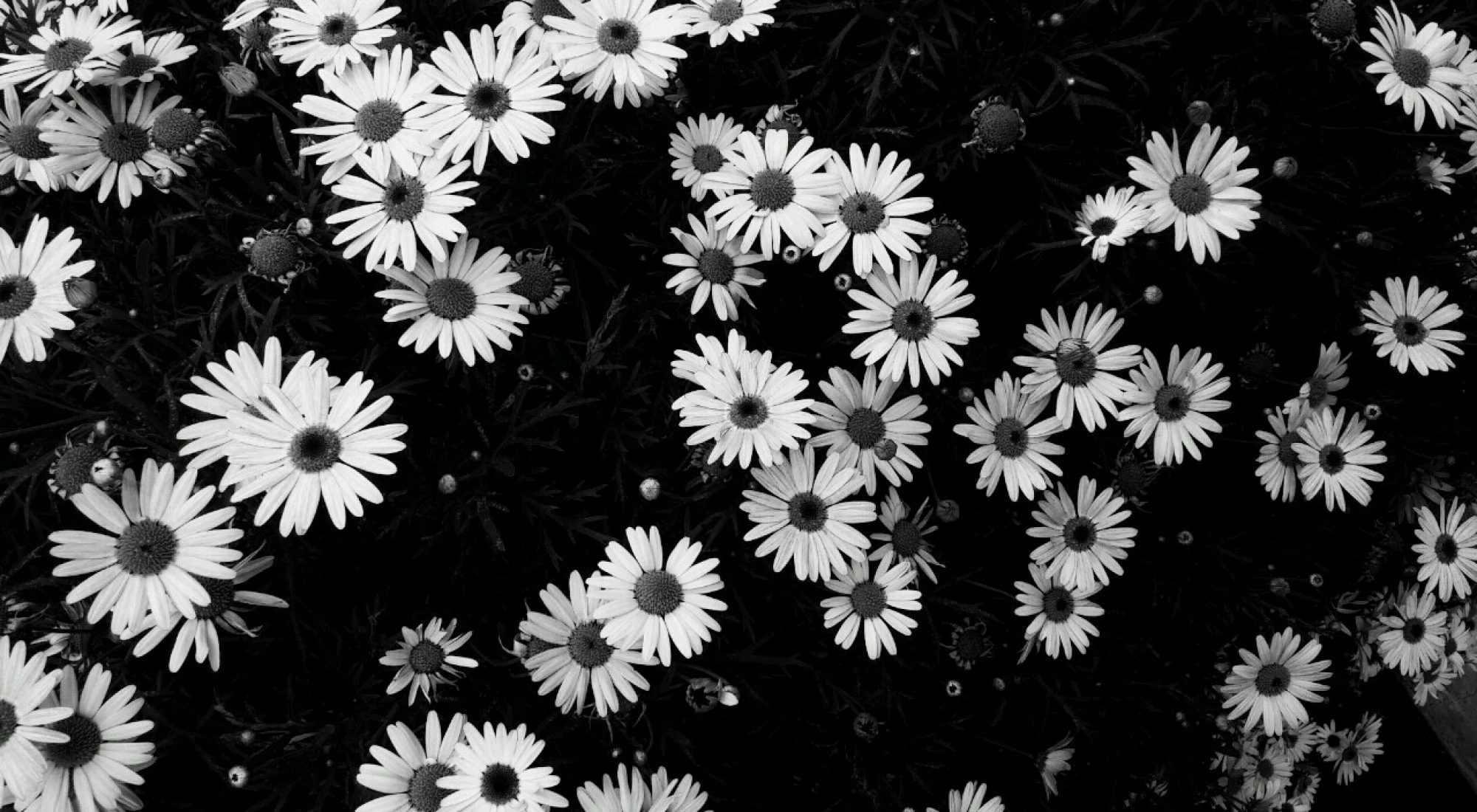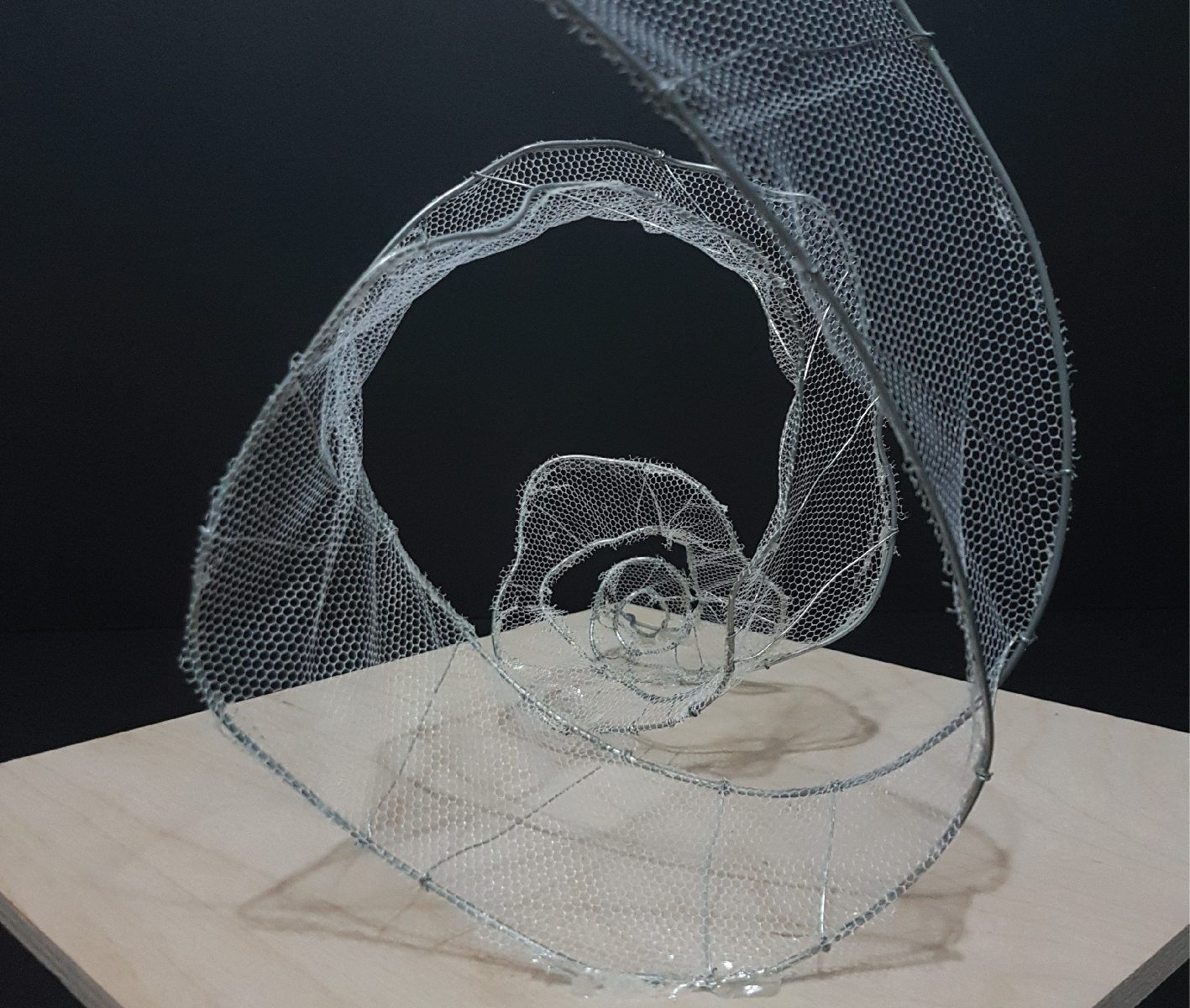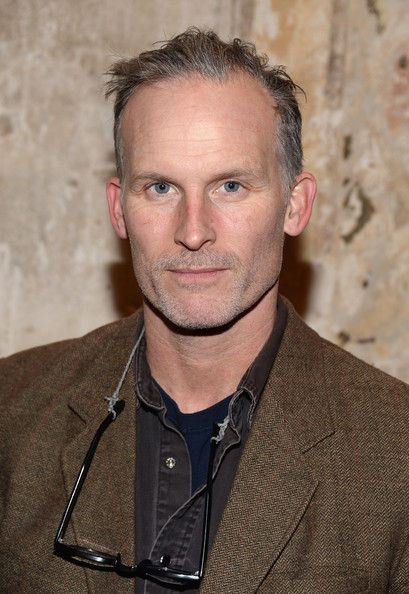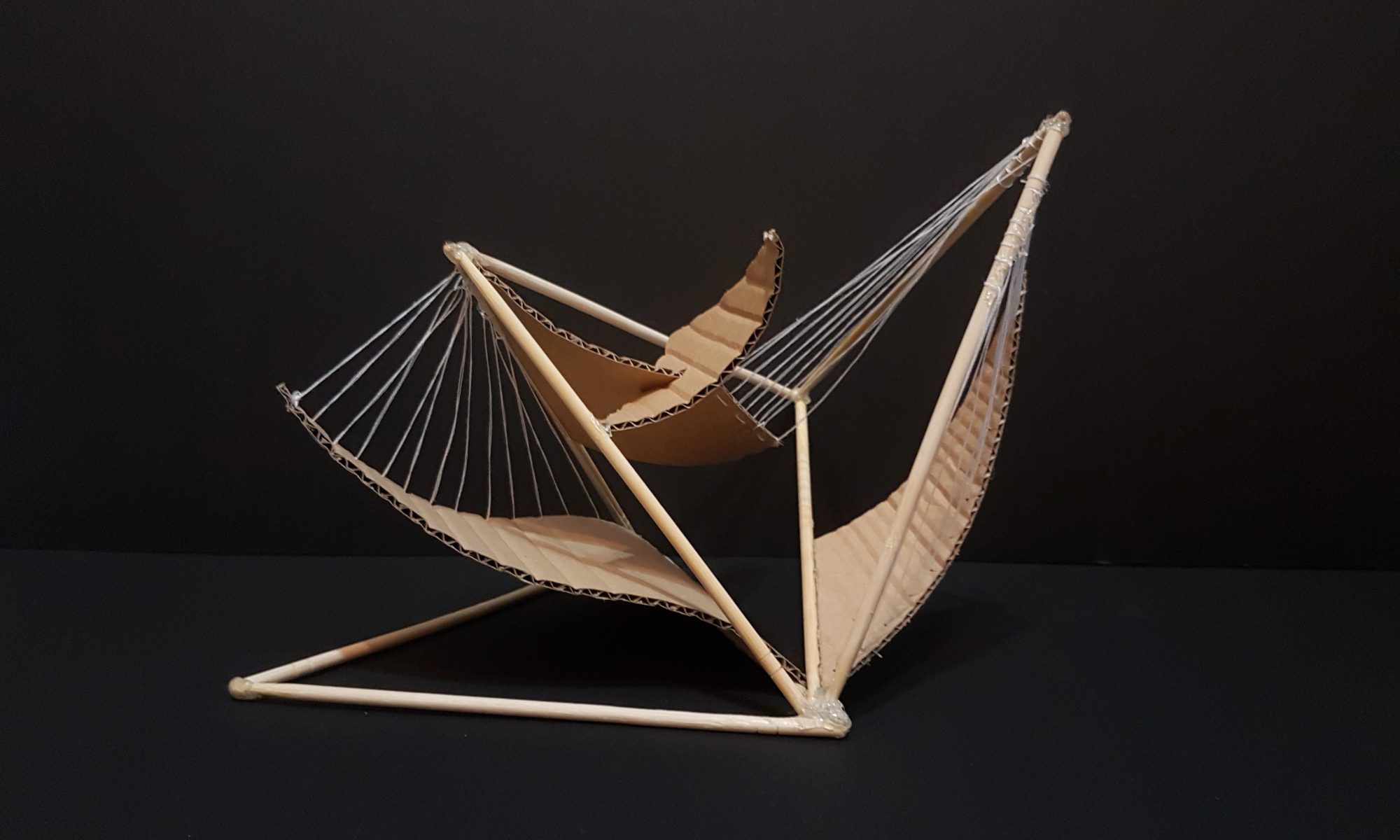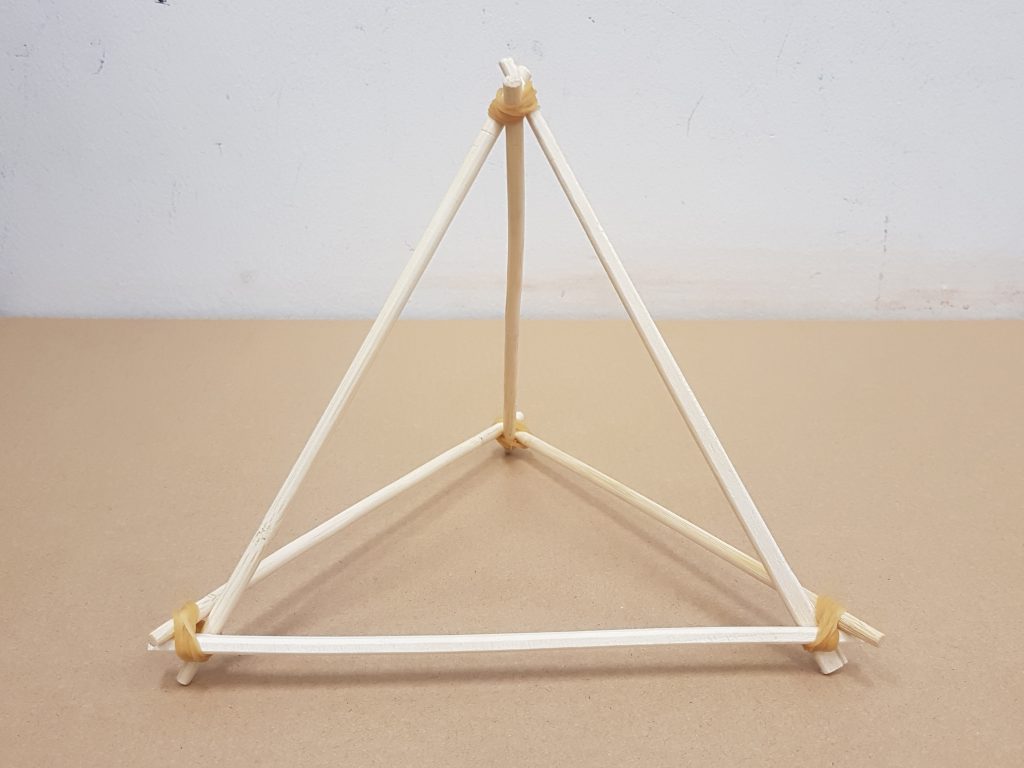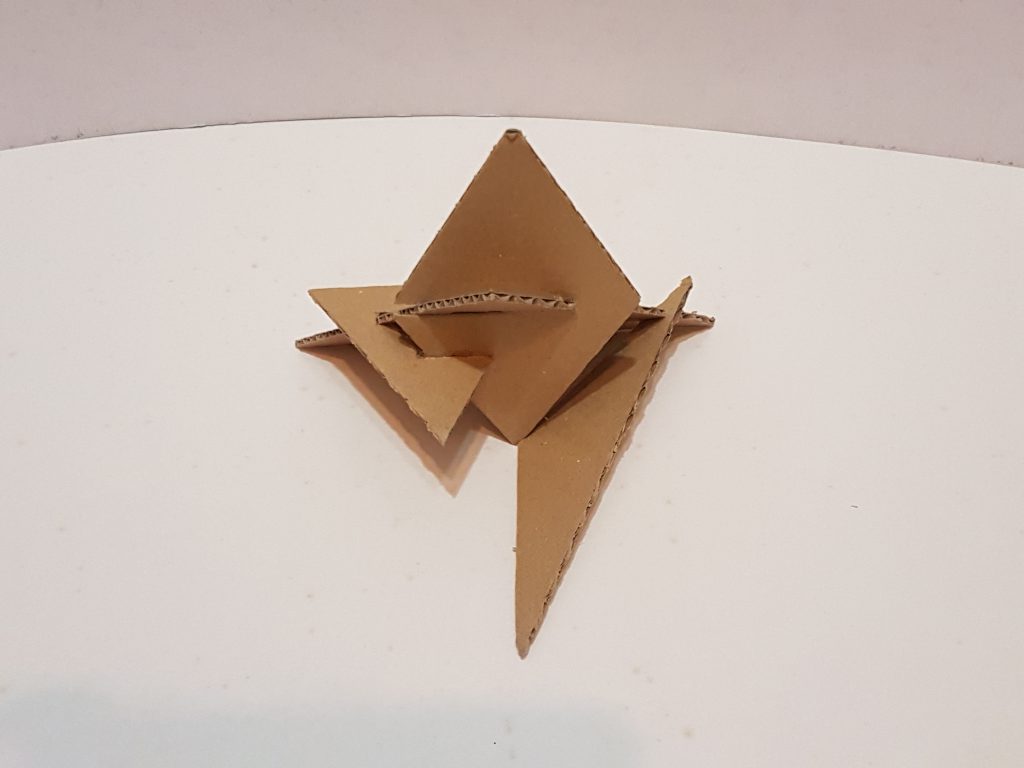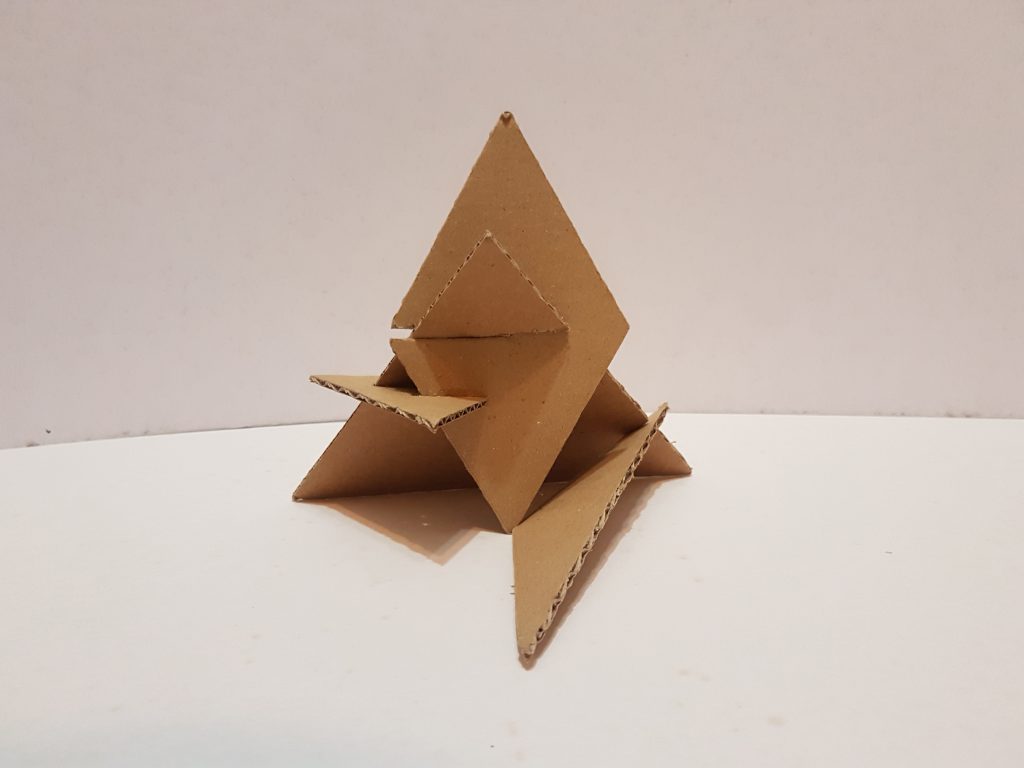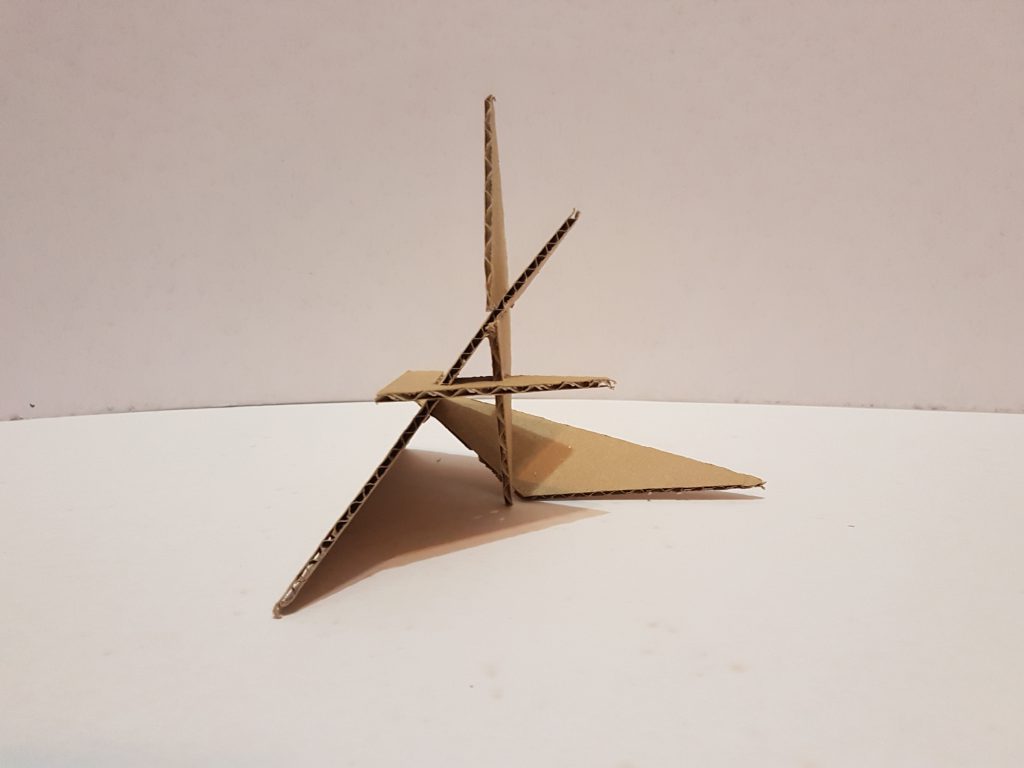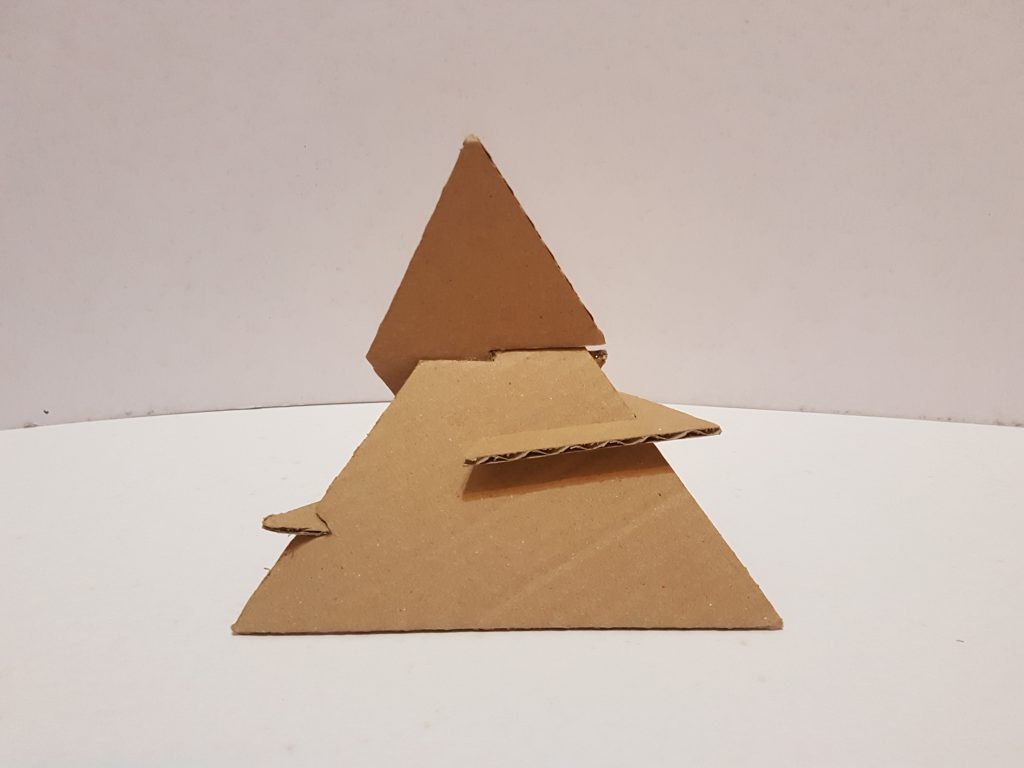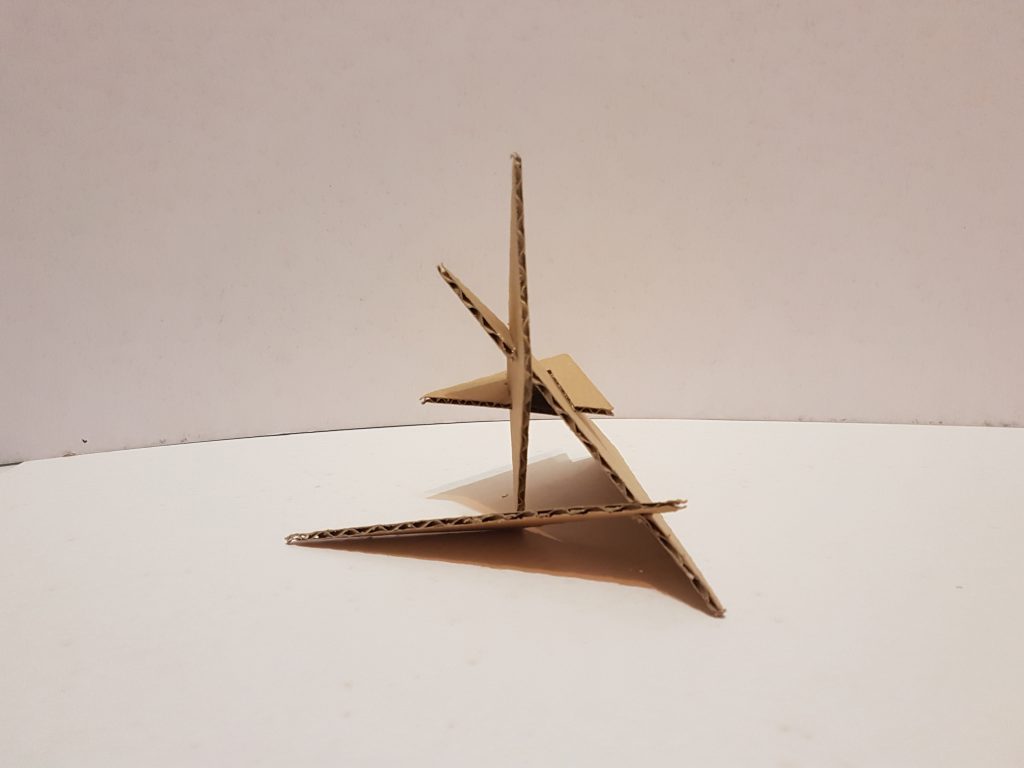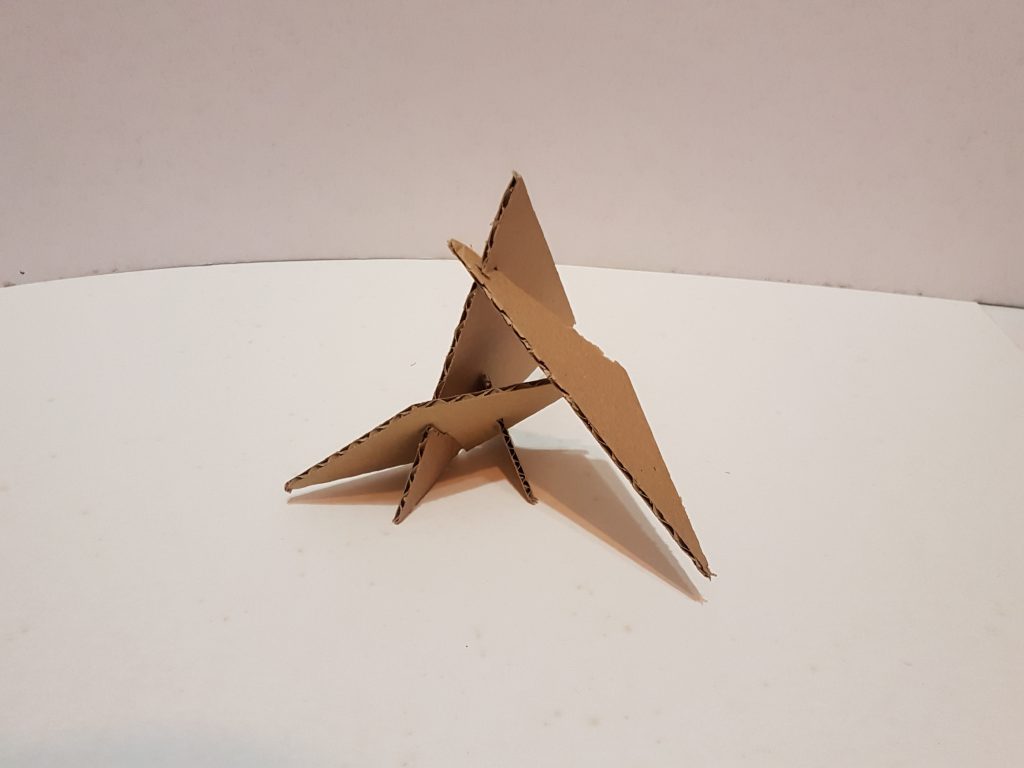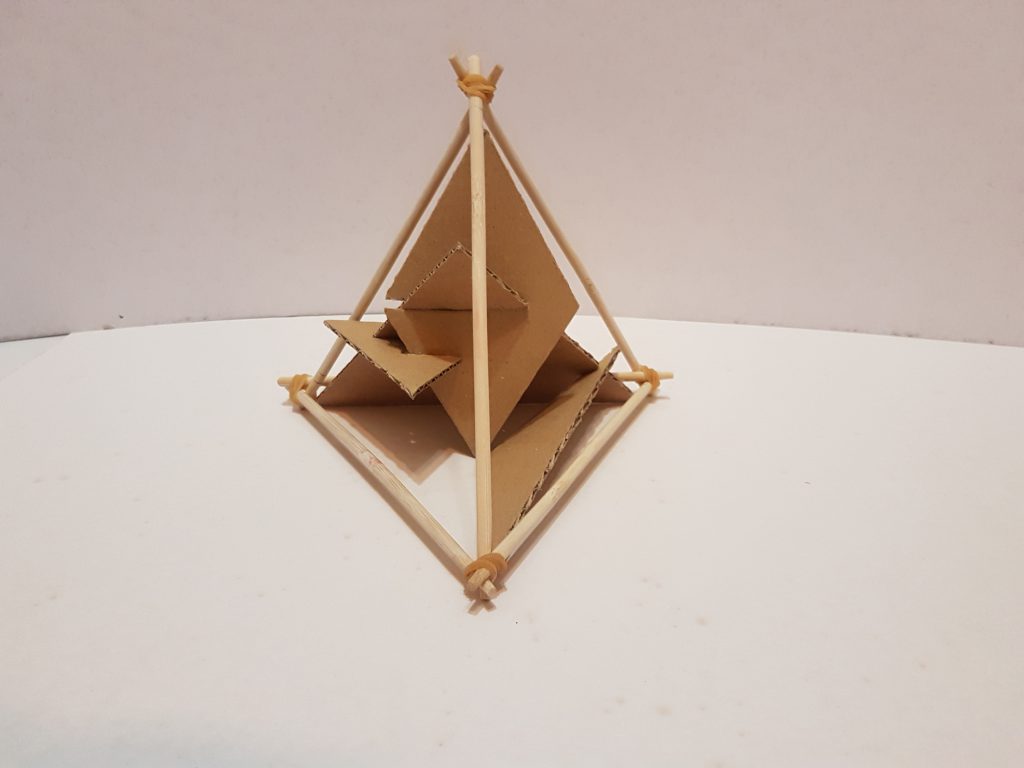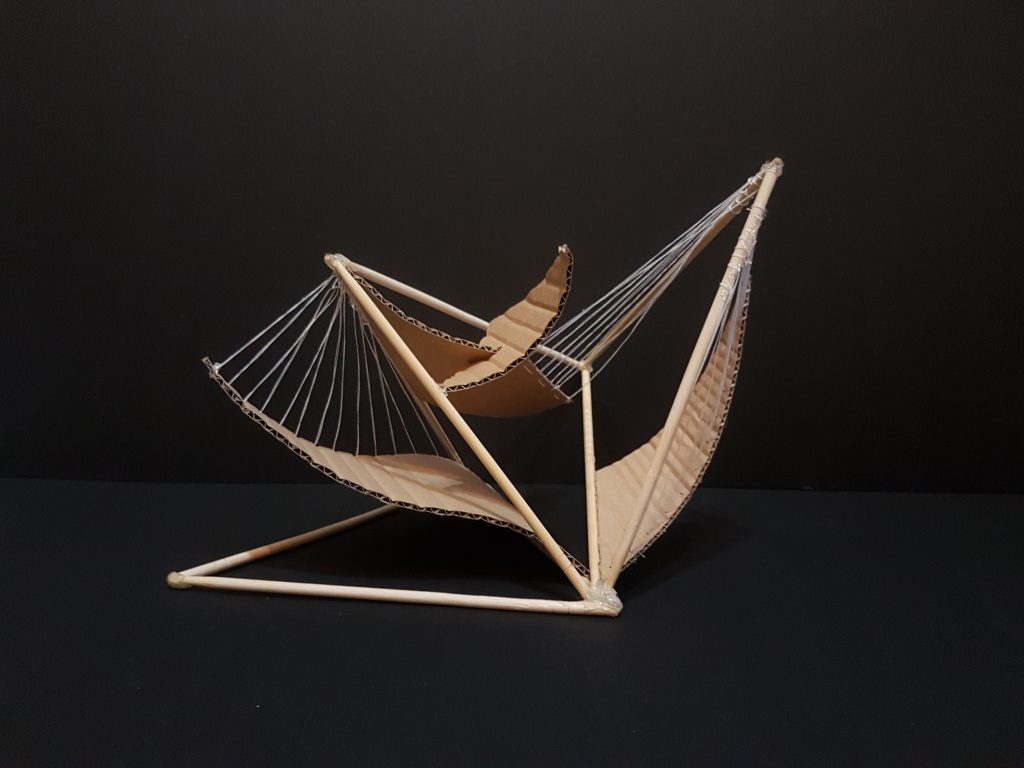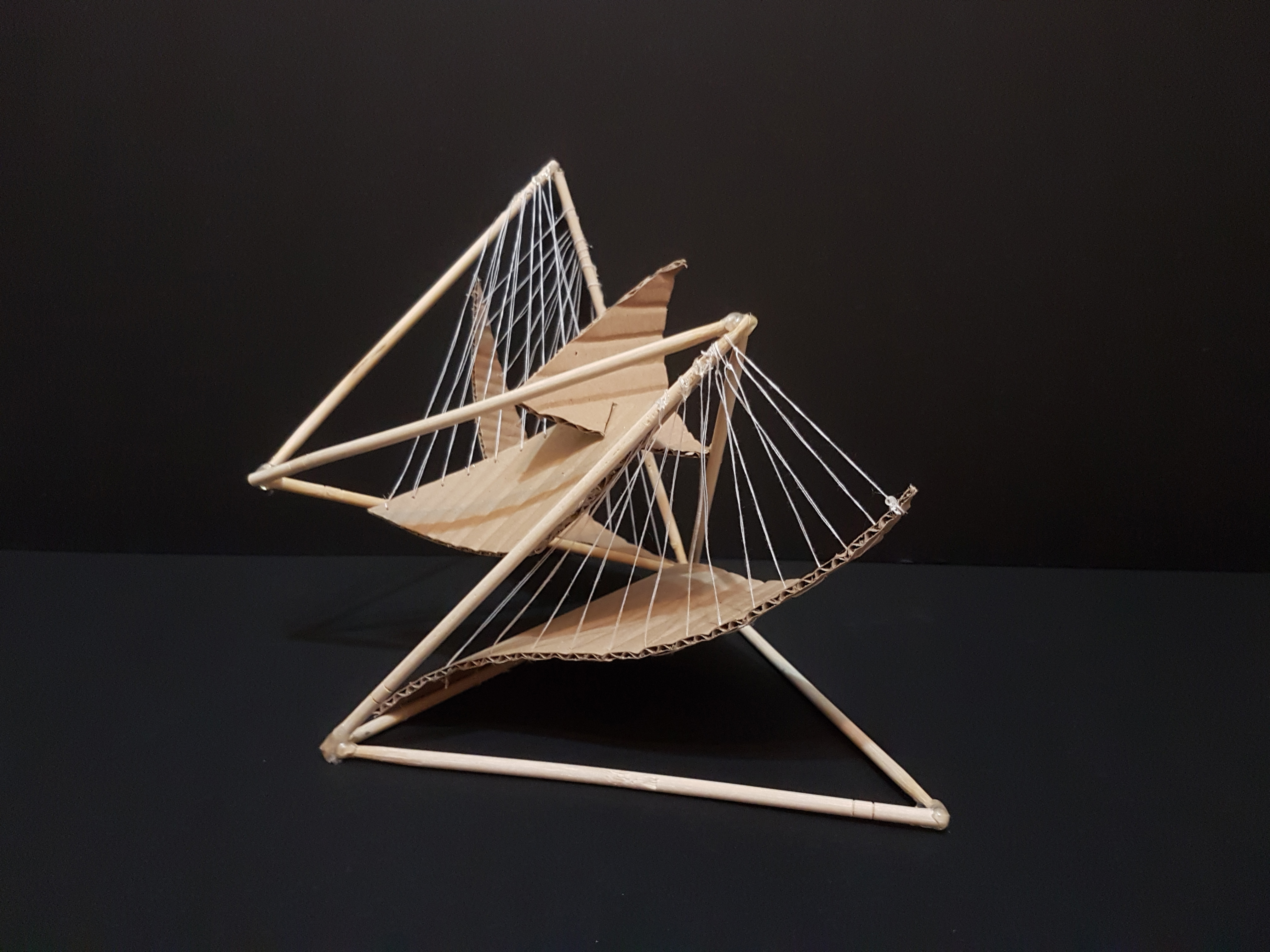AMA by Julie Gartier
Struggling and Letting Go
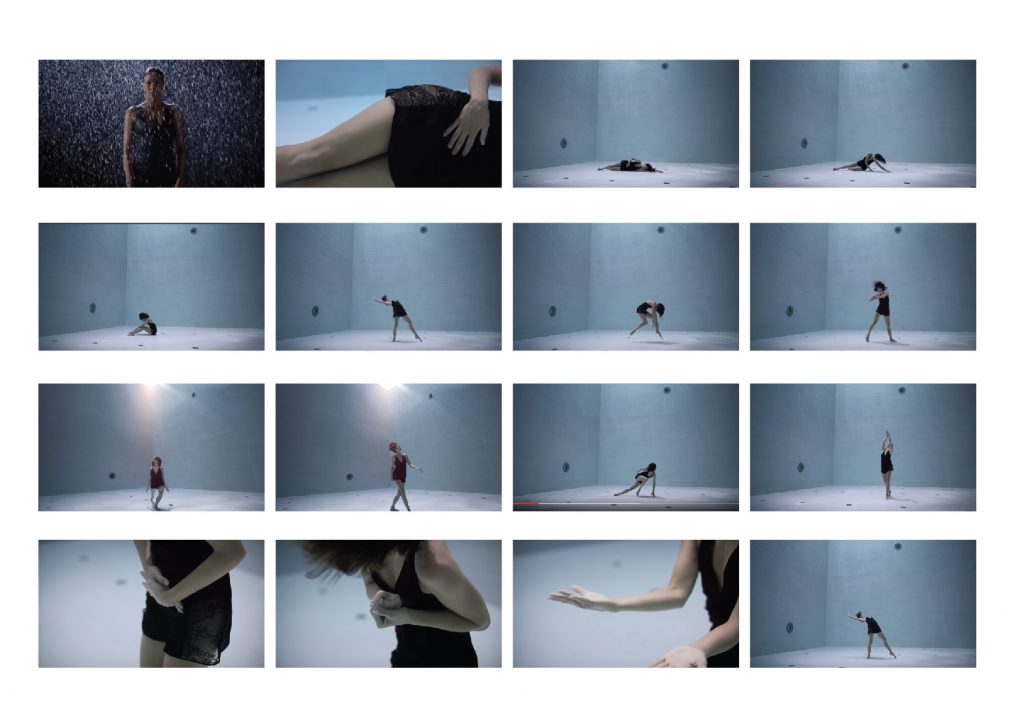
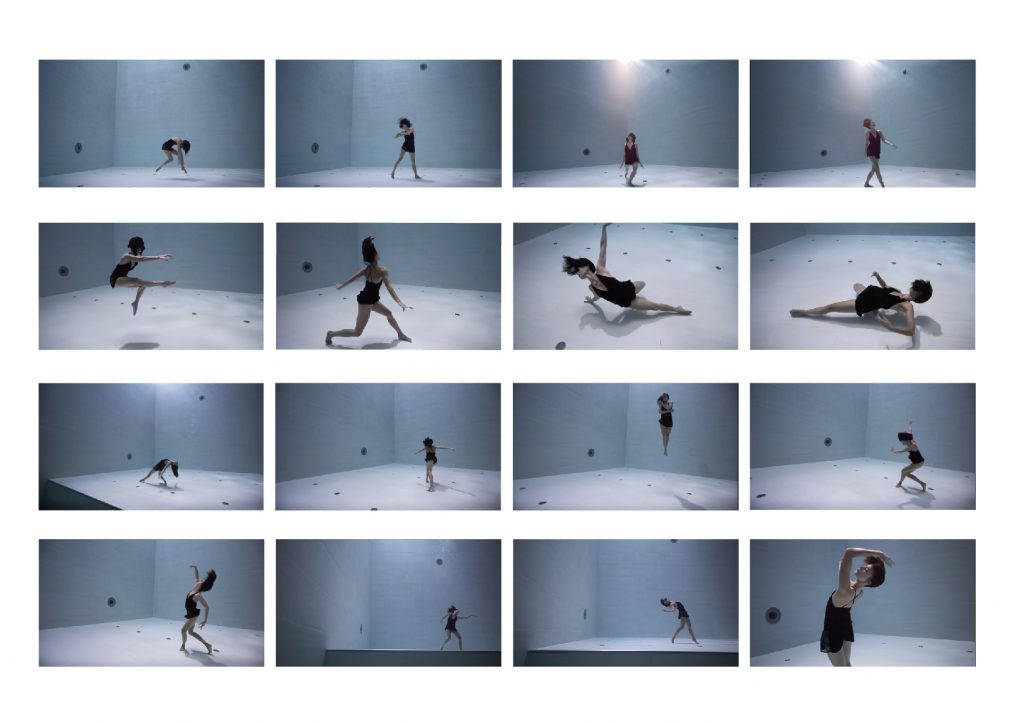
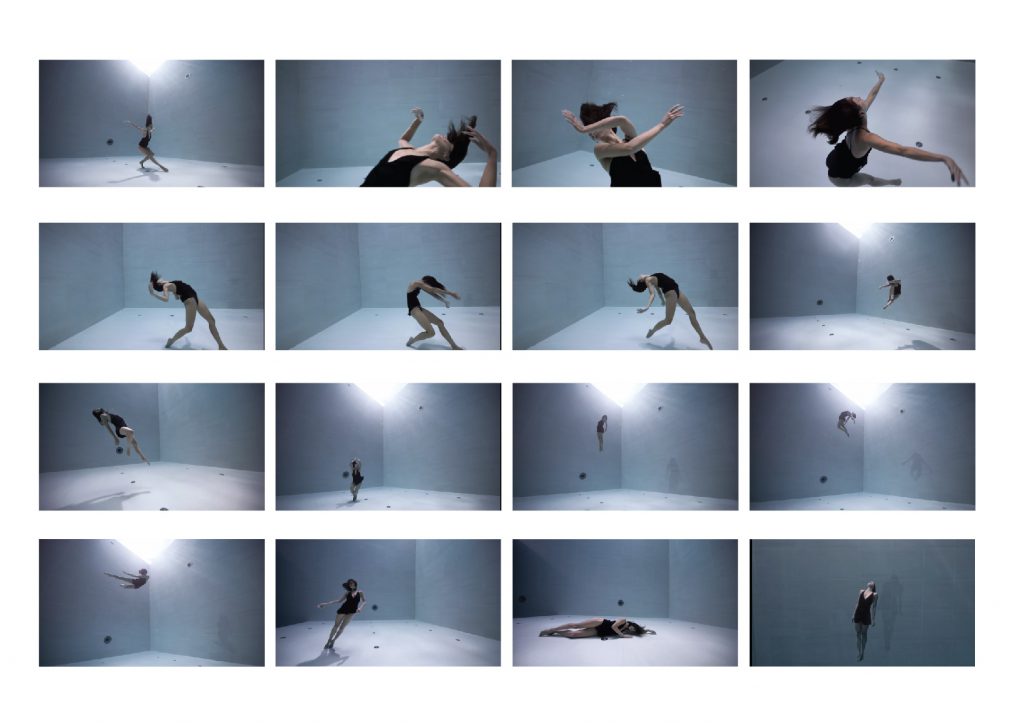
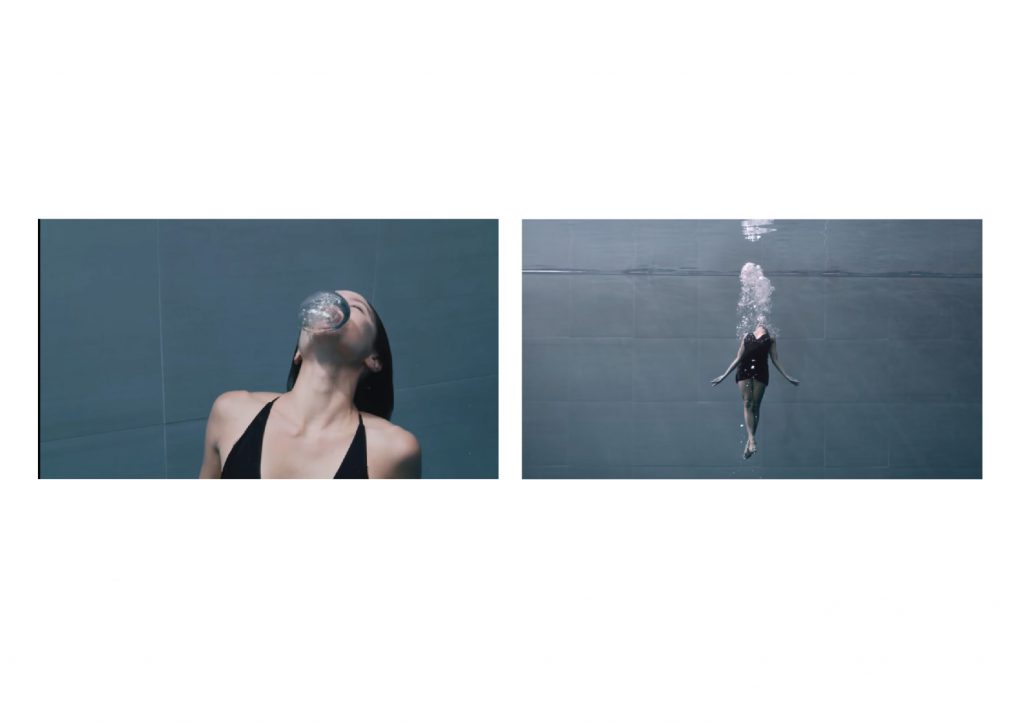 The dance piece which I have chosen was the first video, AMA by Julie Gartier. The words which I wanted to express was “struggling“, and “letting go“. I felt that the dancer wanted to express the pain of losing her unborn child; how she was being weighed down by her grief, and how she felt lighter when she finally let go of her grief at the end. Hence, I decided to portray the emotions expressed by the dancer in the video instead.
The dance piece which I have chosen was the first video, AMA by Julie Gartier. The words which I wanted to express was “struggling“, and “letting go“. I felt that the dancer wanted to express the pain of losing her unborn child; how she was being weighed down by her grief, and how she felt lighter when she finally let go of her grief at the end. Hence, I decided to portray the emotions expressed by the dancer in the video instead.
Inspiration / Process
// Idea 1 – Vertical

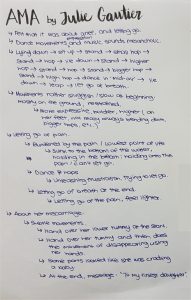
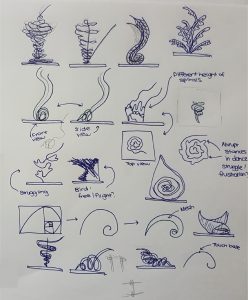
Inspired by Matt McConnell’s wire sculptures, and other vertical sculptures, my initial sketches were mostly vertical; elements curving upwards and getting lighter, as I wanted to portray the notion of how the dancer was getting up from the lowest point of her life, and letting go of her grief. However, I decided to change the idea as I felt that in the video, the process was not always going uphill or smoothly; how she jumped and leaped, but kept falling back to the ground and it took her several tries before she can finally reach the surface of the water – like she was being weighed down by the grief and was unable to return to the water’s surface that easily.
Hence, instead of doing something that only shows that the elements are going up, I wanted to do something to show a movement or a flow which is going both horizontally and vertically; to show the struggles of the process of letting go of one’s grief; how the dancer tried to leap from the ground but she falls back down to the ground, and how she tries again.
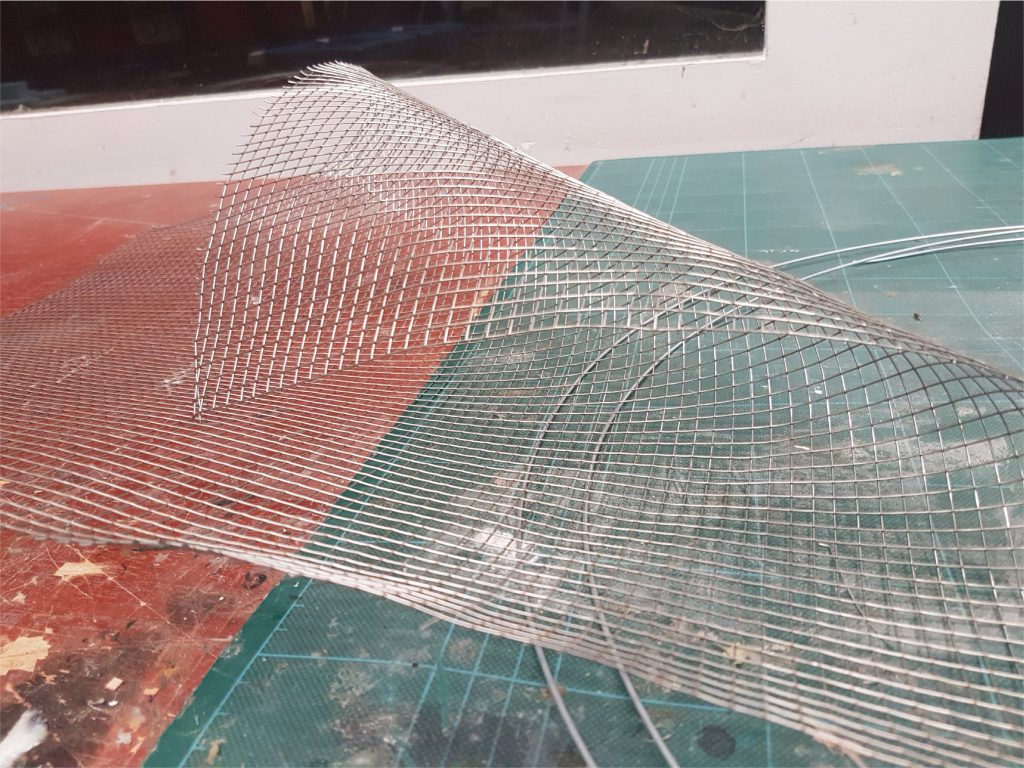
Initially, I wanted to use wire mesh but I felt that it was rather difficult to twist it into the spiral shape that I wanted. I wanted to have a spiral which was initially very tight and close, which gradually spreads out to show the notion of letting go. Hence I decided to use wires instead.
// Idea 2 – Spiral / Nautilus Shell
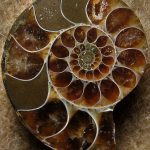
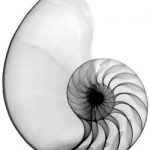

My initial prototype was made of the thicker aluminium wires and a translucent gauze-like material. The idea was inspired by a nautilus shell and a fibonnaci scale, showing a spiral gradually opening up; which can portray how a person slowly lets go and open up again. The wire suddenly touching the ground near the end was to portray how the dancer falls back to the ground for the final time in the water, before taking a final leap to the water’s surface. However, I felt that the idea did not really work out because cannot really see the notion of letting go, and people cannot really differentiate which one was the starting point and which one was the end.
// Idea 3 ( Final ) – Spirals
My final sculpture was mainly inspired by the works of Richard Sweeney; where the curves, twists and the lines of the pleats in his works depicted a sense of flow. Jennifer McCurdy’s potteries were also an inspiration; I felt that the smooth curves and twists in her works were very elegant and interesting as well.
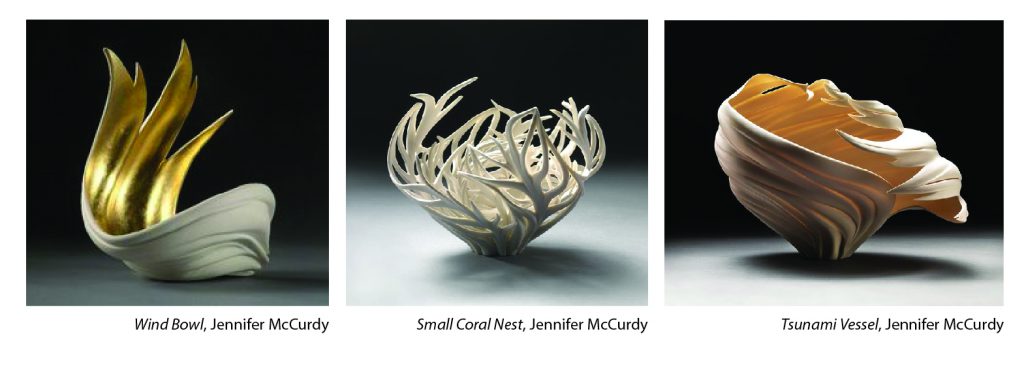
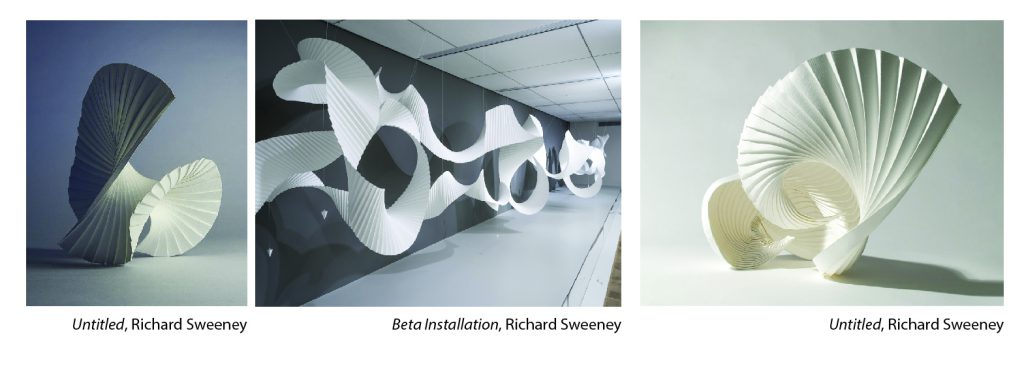
Final Sculpture
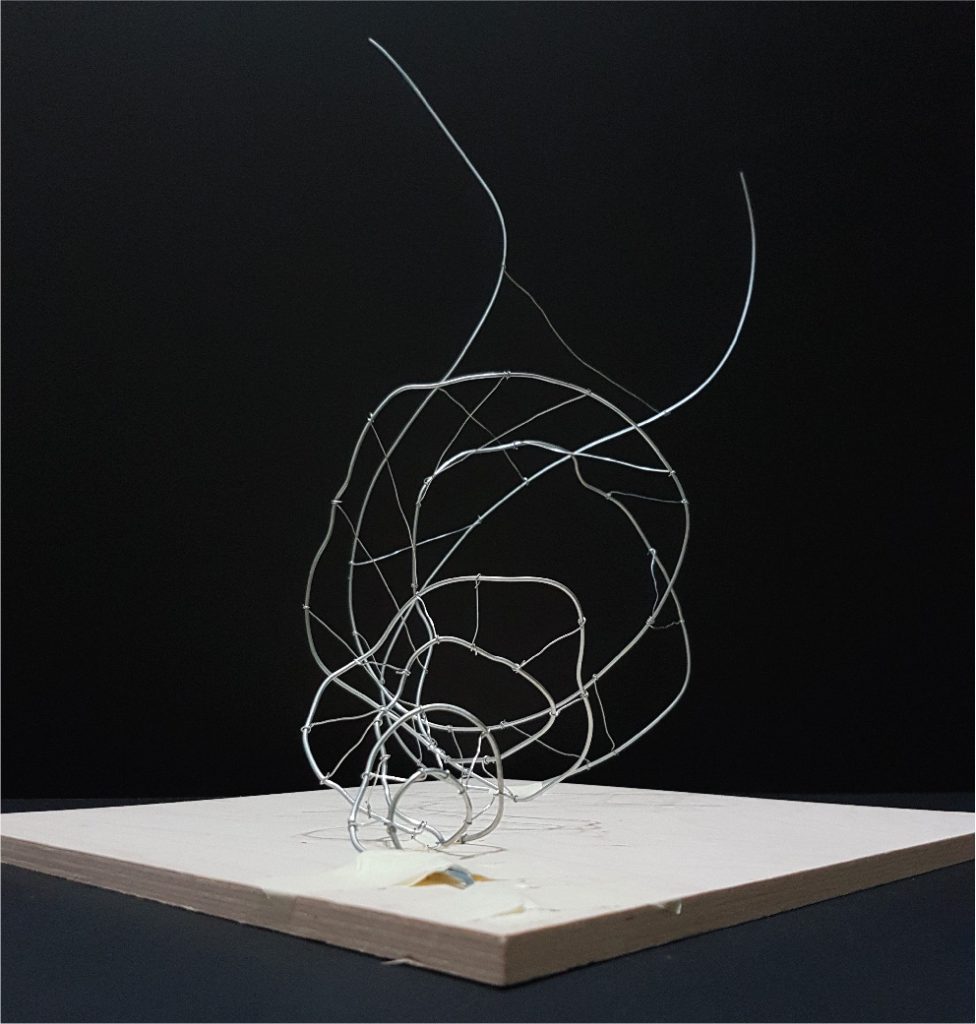 Front view of final sculpture before attaching fabric mesh
Front view of final sculpture before attaching fabric mesh
My final sculpture was made out of two thicker wires, closely intertwined and are tied together by the smaller and thinner wires. Fabric mesh was used to cover the areas between the wires to make the idea of depth more visible; which was initially rather difficult to see due to the overlapping wires / lines.

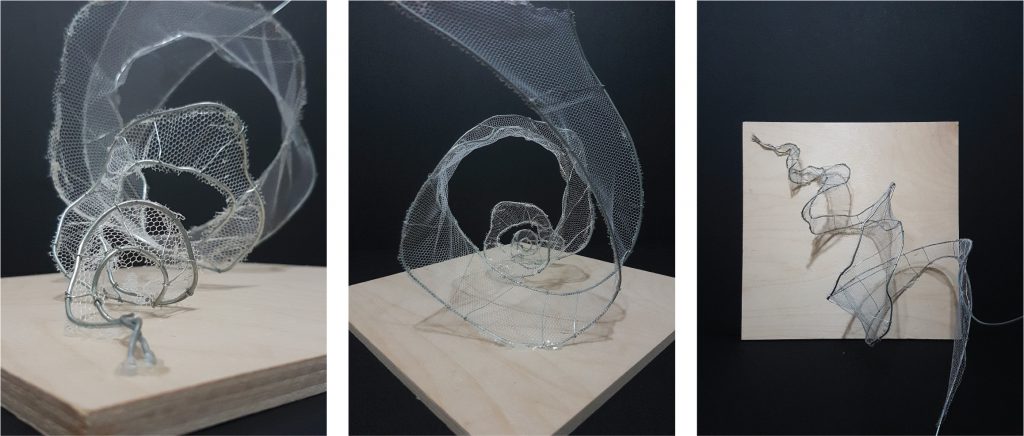
The sculpture or spiral starts off with curves which are smaller and closer to the base. This represents how the dancer was initially overwhelmed with the grief, at the beginning; where she was lying on the floor and her movements looked sluggish and smaller.
The spiral going upwards represents how the dancer made an effort in trying to let go of the grief; moving and getting off of the ground. The spiral going back down sort of represent how the dancer was not strong enough or ready to get over the grief yet; how she drops back down onto the ground after her leaps.
The spirals gradually gets bigger to mirror how the dancer’s movements were gradually getting more expressive, bigger, and she jumping even higher; like she was more determined to let go of her grief and to reach the water’s surface.
The sculpture eventually ends with the two wires going in different directions instead of forming another spiral. This was to represent how the dancer was finally able to let go at the end; how she felt lighter and was finally able to return back to the surface.
The wires were bent unevenly instead of smooth curves to represent the internal struggle of letting go. Initially, I wanted to do something which resembled Richard Sweeney’s works; smooth, twirling curves. However, I felt that it would not portray the struggling / hesitating emotions that the dancer was feeling; the notion of letting go was never smooth-sailing. The uneven widths of the spirals were also to further amplify the struggle. The wires eventually gets smoother curves near the end to show how there are no more struggles. The fraying edges of the fabric mesh was also to further amplify the emotions; the torn feelings, and that these feelings were never smooth / pretty.
Overall, I felt that I struggled with the sculpture; the idea and process looked rather simple, but it was rather difficult to twist the two thick wires into rather similar spirals, and it was tedious to tie and cut the thinner wires together with the thicker wires. It was rather time consuming to attach the fabric mesh onto the spirals, and as well as to trim the excess mesh.
